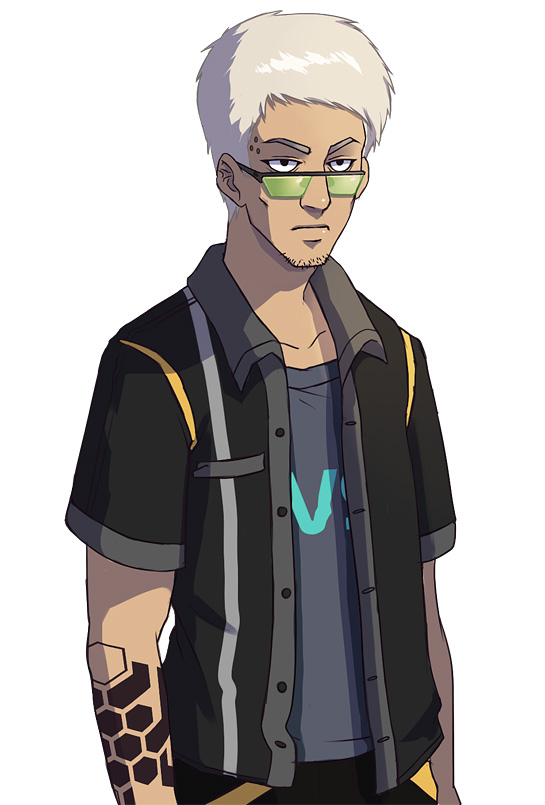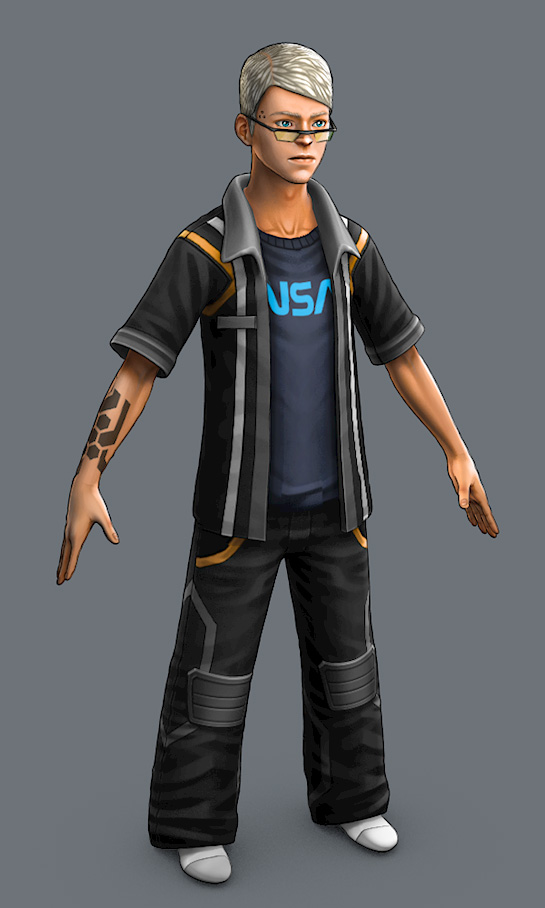Recently, we’ve been facing the potential departure of our main 2D artist, whose availability has become limited due to his heavy workload. (A polite way of saying that we can’t afford to pay him as much as bigger companies can.) Regardless of the reason, the departure of a production artist, especially mid-way through a project with many assets already completed, is a worst-case scenario for many an indie game company.
There are certainly ways to reduce the chances of this happening—obviously, paying high rates for your artists is an easy one, and so is compressing your asset development cycle so that each artist is only needed for a short time. But the risk can never be completely eliminated. If your game’s art style is dependent on one artist, that artist can bail at any time, leaving you flailing about for a replacement.
We’re still hoping to pull our artist back on board once his workload lightens up, but for pragmatic reasons we’re also looking into alternatives, namely 3D-modeled characters. The advantage of 3D, of course, is that, once the characters are textured and rigged, there’s no dependency on any particular artist. The disadvantage is that the 3D character can lose a lot of the personality of its original 2D incarnation.
Here’s how our main character looks as a 2D cartoon:
And here he is in 3D. I call this guy the “Borderlands” version:


Sorry, the comment form is closed at this time.